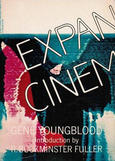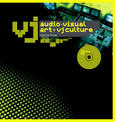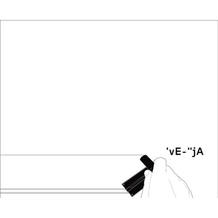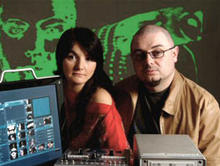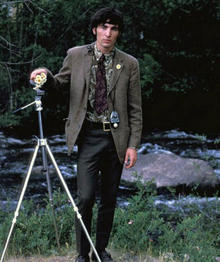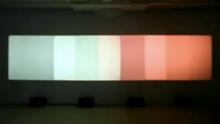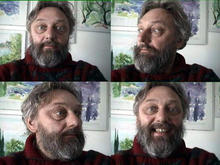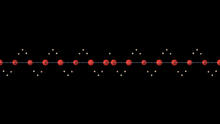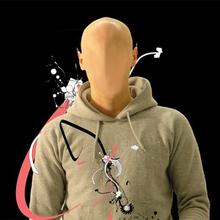The Art of Projectionism
(2007)by Frederick Baker (in German) sets out the principles behind his use of projectors in the film making process.
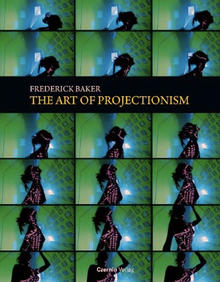
The film director and author, Frederick Baker is a prizewinning Austrian-British filmmaker who has given his artistic praxis the title Projectionism. The two key points of projectionism are that everything is a potential projection surface (water, skin, smoke, snow…) and that projection is not just a metaphor but a physical act. The principles behind his use of projectors in the film making process are set out in his book The Art of Projectionism, Czernin Verlag, Vienna 2007.
His major projectionist feature documentary Shadowing the Third Man was selected for the Cannes International Film Festival in 2005.
Source: 4youreye
Frederick Baker is an Austrian-British filmmaker and film producer, who was born in Salzburg, brought up in London, and studied Anthropology and Archaeology at St John’s College, Cambridge, Tübingen and Sheffield Universities, finishing with a Master of Philosophy. He divides his time between London, Berlin and Vienna, producing and directing films, as well as writing articles and books. In the book The Art of Projectionism (2007) he defined a projectionist school of filmmaking and media art. In this publication he also presented Ambient film, a surround experience that can be shown in specially developed Ambient Cinemas. (...)
Baker teaches film at the Donau University, Krems and St Pölten University in Austria. He has lectured on film, media and journalism at the Bauhaus University, Weimar, the Universität der Künste in Berlin and Middlesex University in London.
Source: Wikipedia
ISBN-10: 3707602354
ISBN-13: 978-3707602357
